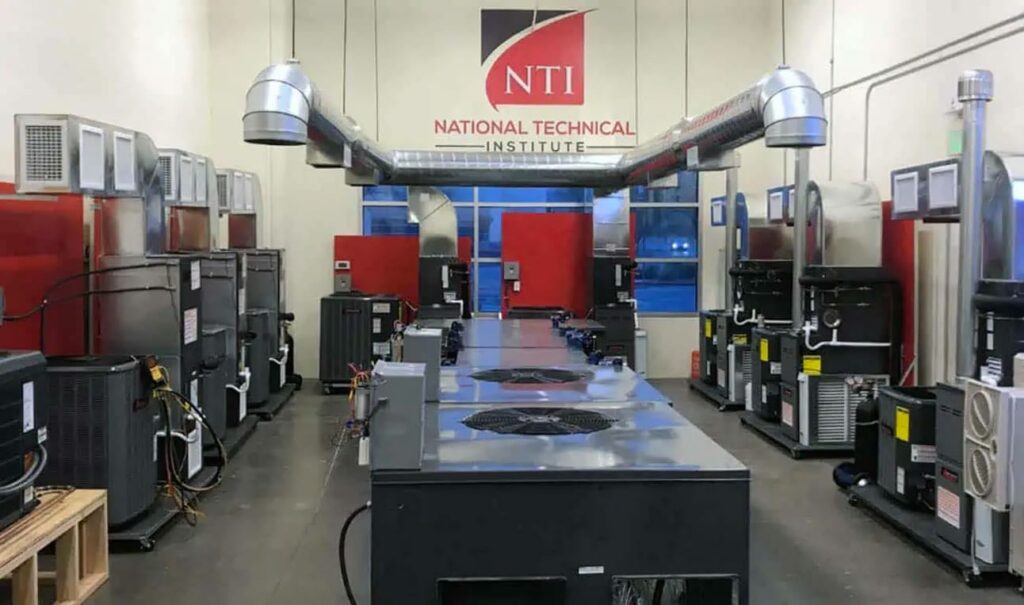Is “Uber for HVAC” possible?
Is there room for an on-demand, Uber-like platform in HVAC?

Image: ClearPathGPS
It’s obvious: The HVAC industry is changing. Thanks to the Amazons of the world, today’s consumers expect more than ever.
-
Nowadays, as a contractor, using a CRM, emailing invoices, and tracking leads are table stakes.
-
The “I want someone here now!” mentality is real, and raises a new question for the industry: Is there room for an on-demand, Uber-like platform in HVAC?
The big picture: An Uber-like app — we’ll call it “HVAC Uber” — that connects homeowners with service providers in real-time could take on two forms. Qualified contractors or individual technicians, like drivers, could serve as providers.
Zoom in: The industry’s labor shortage makes it a more complicated target for an Uber-like app than ground transportation. For example, if HVAC Uber decided to go the “technicians-as-drivers” route, it’d need to pay really competitive wages to attract talent.
-
“[With Uber], you’re dealing with people who need a temporary gig or just a couple extra bucks, and that’s a very different talent pool than skilled tradesmen who already make six figures with full benefits,” John Wilson, CEO of The Wilson Companies, tells Homepros.
-
TradeKnight CEO Kyle Brack adds, “Those [earnings] outcomes have to be substantially higher [than what contractors are paying you as a technician] for you to make that switch [to HVAC Uber].”
-
Because customers prefer true professionals in their homes, there’s a trust hill to climb, too, including certification, licensing, and quality control. “A car accident is a controllable problem, [but] someone burning down a house is less controllable,” Wilson notes.
If a homeowner agrees to a system replacement following a technician’s recommendation, equipment needs to be purchased, so who should buy it: HVAC Uber or the technician?
-
If HVAC Uber did — the likely outcome, considering it’s unlikely an OEM would sell directly to a technician — this would mean procurement and all the associated complexities are part of its business model.
-
How would callbacks be managed? Would HVAC Uber integrate with lenders so that the technician can offer financing options? Does the idea of a club membership exist?
-
Questions like these would need to be answered.
On the flip side, if HVAC Uber targeted contractors as providers, some of those concerns would be addressed. Homeowners would click a button and a qualified contractor would be on the way within minutes — a lot less quality risk.
-
However, here, another problem surfaces: Convincing contractors it’s worth giving up margin for leads — because HVAC Uber needs to make money, too.
-
“[The Uber model] makes sense in markets [with] a supply-demand equilibrium. In this industry, there’s not. If you’re a contractor, and demand outstrips supply, you’re going to go with the demand that has the highest profit margin,” says Brack.
There’s also risk of commoditization. How will contractors’ value propositions be affected if homeowners using HVAC Uber choose them purely based on who’s closest — or cheapest?
-
“Sure, commoditization reduces the price of labor paid by end-users. But this price reduction is accompanied by hidden costs that customers will bear in the long run,” notes Hoffmann Brothers’ Chris Hoffmann.
Fixinit, based in Utah, is a new company taking a swing at this approach. Founded by an HVAC contractor, Fixinit connects homeowners with qualified contractors in real time and says that accepting on-demand homeowner requests reduces contractors’ idle time and increases productivity.
-
The company’s partner page adds that “lead costs are a fraction of the other guys.”
-
No financial information or details on its progress are available online, and Fixinit didn’t respond to Homepros’ request for comments.
-
A likely challenge for Fixinit will be convincing contractors that it’s not just a marginally better Angi, but rather a legitimate way to optimize downtime, and worth the cost.
A key part of the equation is customer acquisition costs because providers — whether contractors or technicians — and homeowners need to sign up for the platform in the first place.
-
Like any two-sided marketplace, if there’s no demand (homeowners), there’s no incentive for the supply (providers) to show up — and vice versa.
-
For context, Uber reportedly burned through over $20 billion before generating a dollar of cash flow. In 2023 alone, it spent over $4 billion on sales and marketing.
-
The point: Acquiring supply and demand is extremely expensive.
The bottom line: Ultimately, to succeed long term, HVAC Uber would need to find a way for each party to win: Homeowners, providers, and, of course, itself.
-
It’d need to address safety risks, overcome logistical hurdles, and generate enough revenue to pay providers on an ongoing basis — and then make a profit.
-
“I’m sure someone will figure it out, but it’s going to be tough,” Wilson says.
What are your thoughts? Let us know.
📬 Get our stories in your inbox
Keep reading
Republicans defend Inflation Reduction Act as budget talks begin
As Congress begins ironing out the federal budget plan, several Republicans are advocating for a "thoughtful" approach to any IRA changes
NTI addressing the labor problem with a hybrid education model
August 21, 2023
Customers are spending more than last summer, data shows
From May to July, average tickets from organic channels rose by over 10% year-over-year


